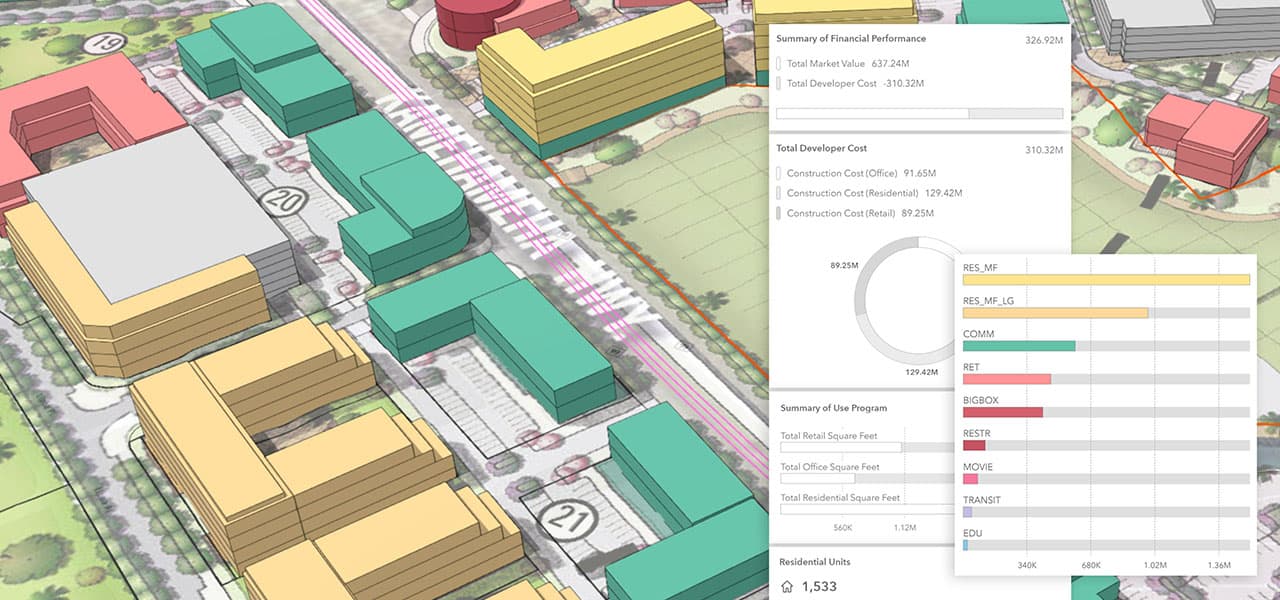.png)
Key Takeaways
- Improve new hire retention by 3X using employee development programmes.
- Engage new hires based on their competencies.
- Provide customised learning paths and employee training programs to close the skills gap.
- Use skills intelligence to accelerate new employee readiness.
Introduction
1. What is employee onboarding?
The onboarding process is a critical phase in an employee's experience at a new company, significantly influencing their potential for success. When executed effectively, onboarding yields tangible benefits for the organisation and its new employees. AEC Firms prioritising comprehensive onboarding programmes often experience higher retention rates, increased productivity, and accelerated time-to-value from their employees.
2. Employee Onboarding Process
Onboarding best practices includes multiple critical elements. It begins with employee training and development on the organisation's operating principles, ensuring new hires understand its methodologies and best practices. This period is designed to equip new employees with the skills and knowledge required to contribute effectively, setting the foundation for long-term success and productivity.

Difference between orientation and onboarding
Challenges Faced Due to Poor Hiring and Onboarding
Often, companies consider employee onboarding the same as orientation; however, it is important to distinguish between the two, as these processes serve different purposes in integrating new hires.
Employee orientation typically consists of a single-day event that provides a broad overview of the organisation, including general information about company policies and employee benefits. In contrast, onboarding best practices are meant to be comprehensive, extended process that can span several months.

Challenges faced by companies due to poor onboarding
Research shows that effective onboarding programmes often range from three to six months. However, when effectively implemented, a well-designed onboarding process can significantly reduce the time required for new employees to achieve optimal productivity. Poor onboarding can lead to several challenges, including:
1. Disengaged Employees:
New hires typically join an organisation eager to contribute, yet because of busy schedules, managers often struggle to integrate them into existing workflows. This disconnect and lack of clear objectives can quickly lead to disengagement among new employees.
A BambooHR survey revealed that 89% of employees who experienced a well-executed onboarding process reported feeling fully engaged in their work. These employees were 30 times more likely to express job satisfaction compared to those who felt their onboarding was inadequate.

2. New Hire Turnover:
61% of new hires prefer companies offering employee development programs, as reported in a survey by Vector Solutions. When organisations fail to align new employees with clear objectives and company goals, it is perceived as a misfit between the individual and the organisation. This misalignment frequently leads to employee turnover, as new hires seek opportunities elsewhere.
This misalignment may cost the company 70-300% of the employee’s salary and potentially damage its reputation, as candidates often develop negative perceptions of the organisational culture.
3. Loss of Billable Hours:
Integrating a new hire or transitioning an existing employee into a different role is time-intensive. The duration varies based on the complexity of the onboarding process and the individual's competencies. An ineffective onboarding process can cause delays in employee readiness, affecting their ability to contribute productively to the organisation.
4. Unstructured Processes:
Nearly a quarter of companies reported that they don’t have a structured onboarding process, whereas only 28% said their onboarding process was highly successful. Typically, the process is dependent on the manager and colleagues, making it subjective and often lacking structure.
.png?width=2500&height=1190&name=B22%20-%20Unstructured%20onboarding%20(2).png)
An Overview of Onboarding
Strategies to Improve Efficiency in Hiring and Onboarding
1. Awareness for Managers
Organisational Level
Enhancing hiring efficiency begins with a precise understanding of needs. Comprehensive resource visibility at the organisational level can identify potential issues before they impact operational efficiency. This insight helps in addressing skills gaps and allows managers to determine whether to hire new talent or reallocate existing employees.
New Hire Integration:
A clear picture of a candidate's skills and competency gaps enables managers to allocate tasks strategically. This approach ensures that new hires are engaged in productive work that aligns with their strengths, while also allowing managers to provide targeted guidance on areas needing improvement.
2. Accelerate the Hiring Process:
The conventional hiring process in AEC firms typically spans 1-2 weeks or longer, potentially creating uncertainty for candidates and negatively impacting the organisation's image. This linear process usually involves 3 to 4 rounds of interviews and tests, extending the hiring timeline and consuming significant resources. Since software for architects and engineers are so complex that tool tests and technical interviews cannot give a holistic understanding of a candidate’s proficiency and the final decision is often subjective decision-making.

Accelerate & Automate Hiring Process using Skills Intelligence
Implementing a skills intelligence tool to evaluate a candidate’s software proficiency in architecture software can streamline and accelerate the hiring process. Candidates can take the assessment independently, eliminating the need for proctoring and reducing scheduling constraints. The process also enables more objective comparisons between applicants, ensuring data-driven decision-making.
3. Skills Analysis
A skills assessment test can benefit both managers and new hires. It highlights the strengths and weaknesses of a candidate, helping managers integrate new hires seamlessly.
.png?width=2160&height=865&name=B25%20-%20Effectiveness%20for%20employees%20and%20managers%20(2).png)
Skills intelligence for employers and employees
- Task Allocation: Managers can assign tasks aligned with candidates' competencies, facilitating a smoother integration into the team and organisation. This approach enables new hires to leverage their strengths, contributing productively from day one.
- Targeted Guidance: Managers can provide structured direction to accelerate candidate readiness, aligning with the organisation’s operational principles.
- Clear Objectives: Candidates receive well-defined goals, including learning modules, enhancing engagement and motivation to improve their skills.
- Continuous Improvement: Monthly follow-up assessments allow for progress tracking and personalised learning path adjustments, ensuring alignment with organisational objectives.
4. Visibility of Objectives
With a comprehensive assessment of a candidate's proficiency and workflow familiarity, managers can establish clear weekly and monthly objectives to optimise the onboarding process. These objectives address skill gaps, introduce organisational practices, reinforce existing strengths, and provide career developmentinsights. Key components include:
- Targeted learning modules for skill development
- Training on organisation-specific workflow practices
- Tasks to leverage existing skills to increase engagement
- Potential career progression (particularly for internal transfers)
5. Tailored Employee Training Programs
Companies in the U.S. invest an average of $1,200 annually per employee in training. However, this investment often yields suboptimal returns due to employees perceiving training as irrelevant or unengaging.
Developing customised training programmes that specifically target identified skill gaps will not only enhance employee engagement but also significantly improve the effectiveness of training initiatives. Consequently, organisations can optimise their training investments, ensuring that resources are allocated to areas with the highest impact on employee performance and organisational growth.
Also read: Improve Impact of Employee Training in AEC Firms Using Skills Intelligence
How Can Skills Intelligence Help AEC Firms?
.png?width=2087&height=1060&name=B23%20-%20Skills%20Intelligence%20Features%20(2).png)
Accelerate employee onboarding process with Skills Intelligence
A skills intelligence tool can significantly improve the hiring, onboarding and employee retention in architecture firms, civil engineering companies or BIM consultancy services, by making employees more engaging, productive, and resource-efficient. The benefits for both managers and new hires are substantial:
1. Managers:
- Gain organisation-wide skills visibility to predict needs.
- Access resource insights to inform decisions on new hires versus internal transfers.
- Track new hire progress effectively.
- Develop customised training paths to accelerate job readiness.
- Strategically leverage employees' existing strengths.
2. New Hires:
- Obtain a clear understanding of their skill gaps.
- Receive tailored learning paths and objectives.
- Gain visibility into potential career progression opportunities.
AEC companies can implement a skills intelligence tool to streamline their talent management processes, ensuring better alignment between organisational needs and employee development, ultimately driving improved performance and retention.
Conclusion
Skills intelligence for AEC firms can significantly advance hiring and onboarding practices. By leveraging data-driven insights, organisations can streamline talent acquisition, increase benefits of employee training, and improve employee retention. This approach offers various benefits: comprehensive workforce visibility for managers, personalised growth paths for employees, and accelerated time-to-productivity for new hires.
Skills intelligence tools address key challenges in human resource management, from initial assessment to progressive development. They enable more informed decision-making in talent management strategies and create tailored learning experiences, increasing engagement and job satisfaction.

As the AEC sector evolves, firms implementing skills intelligence methodologies will be better equipped to attract, develop, and retain top talent. This strategic approach optimises human capital management and positions organisations to operate efficiently in an increasingly competitive industry landscape.
Was this content helpful to you







